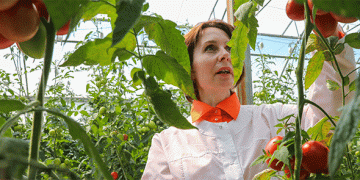The Austrian onion market remains balanced as the Advent season nears, supported by steady domestic demand. According to the latest trends, retail and hospitality sectors are expected to witness a surge in sales in December, providing a much-needed boost for agricultural stakeholders.
Market Overview
Currently, onions are abundantly available in the Austrian market, with adequate supplies ensuring market stability. However, quality discrepancies among batches are influencing pricing dynamics. Lower-grade onions face pressure for quick sales to avoid waste, while premium quality onions maintain stable prices.
Pricing Insights
The producer prices for standard-grade onions—cleaned, sorted, and packed in crates—have remained steady, averaging 20 to 23 euros per 100 kg as of late November. Onions of inferior quality fetch significantly lower prices, whereas oversized, high-quality batches command a premium.
Projected December Trends
December traditionally marks a turning point in agricultural sales, fueled by festive preparations and heightened consumer activity. Key factors driving this anticipated growth include:
- Retail Sector Growth: Local supermarkets are likely to experience increased footfall, boosting onion sales.
- Hospitality and Tourism Demand: The reopening of restaurants and the resumption of tourism during the festive season are expected to generate additional demand.
- Culinary Traditions: Onions are a staple ingredient in Austrian holiday recipes, contributing to higher purchase volumes.
Challenges
Despite these positive projections, the pressure to sell lower-quality produce at reduced prices remains a concern for many farmers. Efficient marketing strategies and targeted sales campaigns could help mitigate potential losses in this segment.
As December approaches, the Austrian onion market is set for a seasonal uplift, driven by retail, hospitality, and tourism demands. While the market dynamics appear favorable, stakeholders must address quality-related pricing issues to ensure a profitable season. The anticipated growth is a reminder of the importance of aligning production with market needs and capitalizing on seasonal opportunities.
































